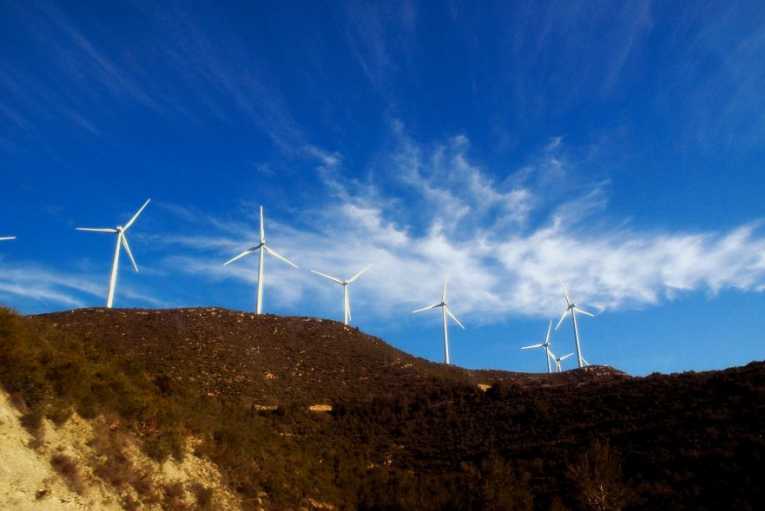In the context of sustainable development, what is more important: renewable energy or biodiversity loss? At first glance the two don't seem mutually exclusive, but they can be in the case of wind turbines. That's why over the years legislation has been put into place to make sure that things like ''bird collision'' are avoided.
And in most cases, this strategy has proven successful. But how about those sites that are particularly vulnerable to biodiversity loss, which in the EU are referred to as Natura 2000? Up until now no clear guidance document had been issued in relation to such locations.
In order to fill this gap and help local authorities decide on how to grant planning permission for wind turbines on Natura 2000 protected land, European Commissioner for the Environment Janez PotoÄnik has recently published (29 October 2010) new guidelines to clarify existing EU legislation on the matter.
Indeed, now that we're in the midst of building more and more wind turbines to meet the EU's 2020 target (whereby 20% Europe's total energy needs is to be met by renewables by 2020) building on sites with low population density has become more of a reality.
In fact wind farm construction has accelerated at such a pace that wind energy now accounts for almost 5% of the EU's total electricity consumption. Over the next 10 years this figure is meant to triple, hence the need to make sure that turbines are built in appropriate locations, both on and off shore.
The new guidelines stipulate the need to carry out an Appropriate Assessment, or AA, whose outcome is legally binding. It takes into account existing mandatory assessments (including the Environmental Impact Assessment) as well as site-specific issues that have been identified in the context of its Natura 2000 protection status.
Natura 2000 protected sites, which represent about 18% of Europe's land area, do not only cover nature reserves but also privately-owned land with development potential.










